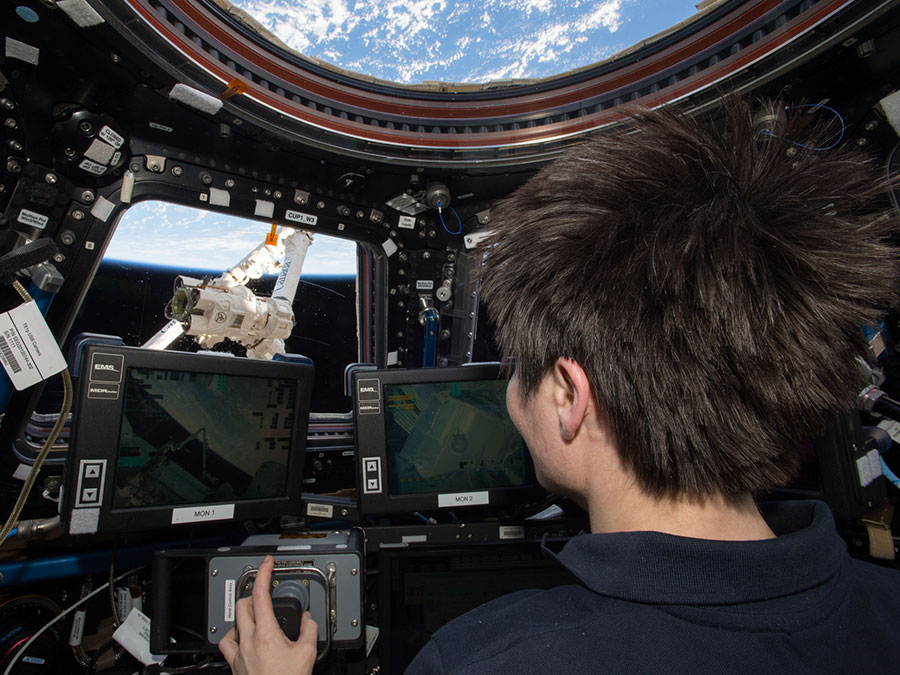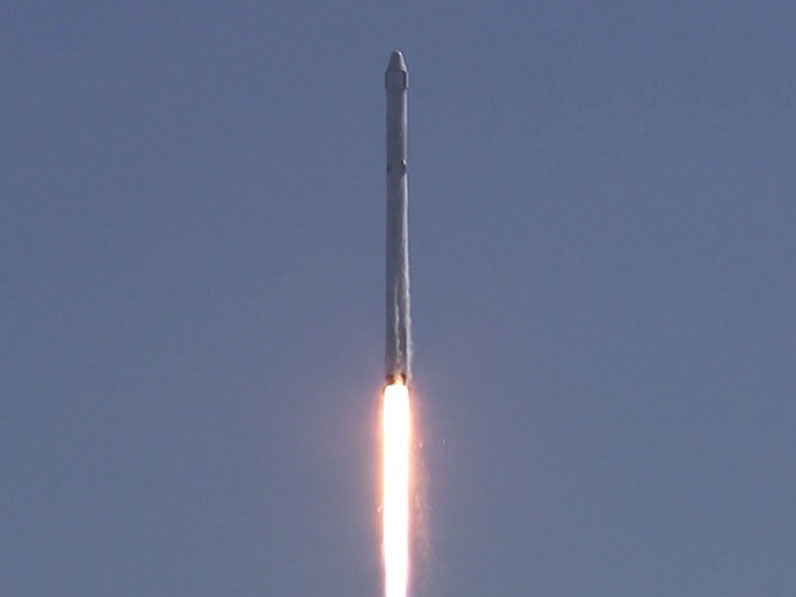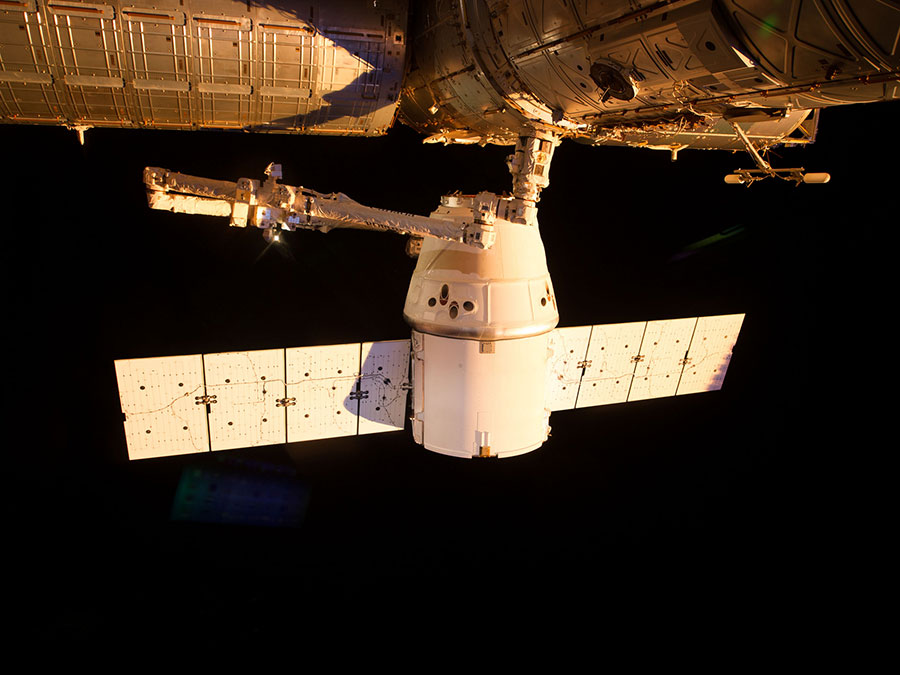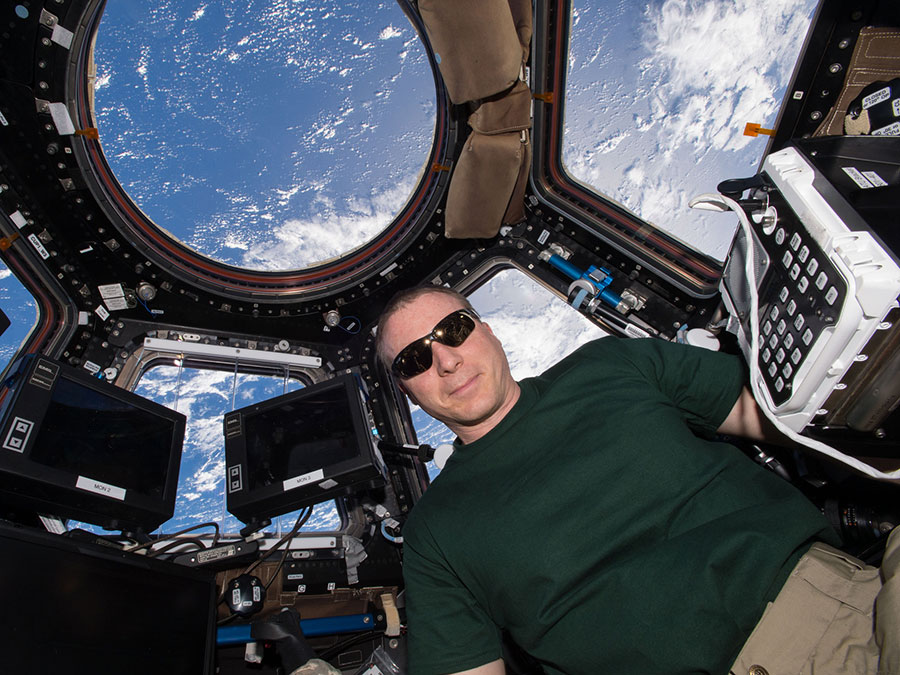SpaceX-6(SpX-6) Status: Dragon has successfully completed several burns today on its way to station. Cristoforetti and Virts are scheduled to capture Dragon tomorrow morning at approximately 06:00 CDT. Space Aging and Nematode Muscle Familiarization: Kelly reviewed overview messages on 2 JAXA experiments currently onboard SpX-6. Both experiments will study the impacts of the zero-gravity environment …
































